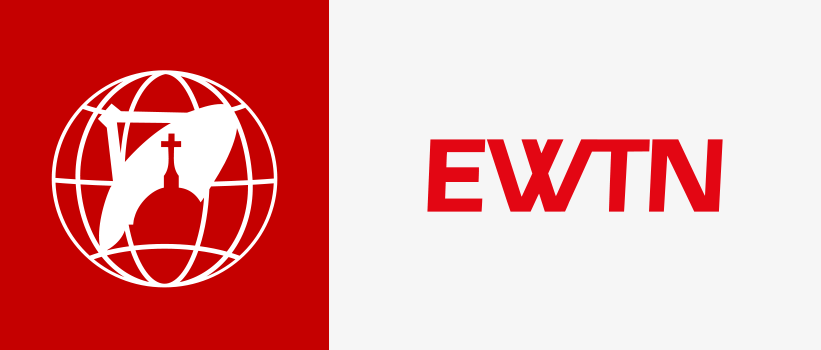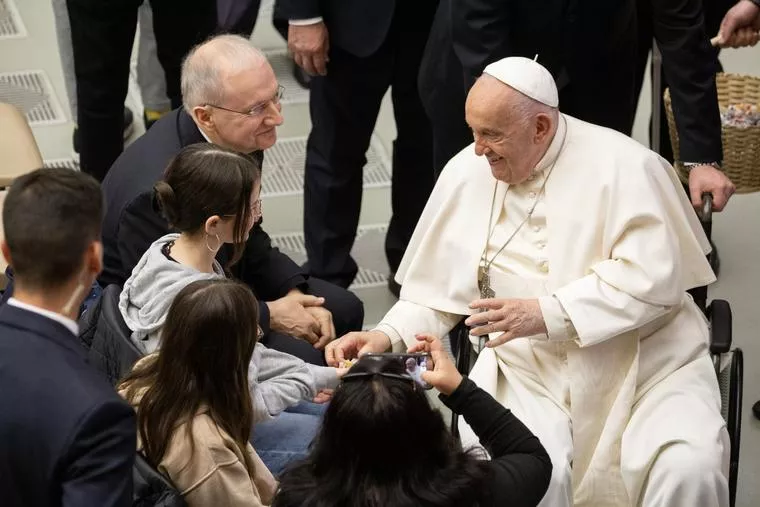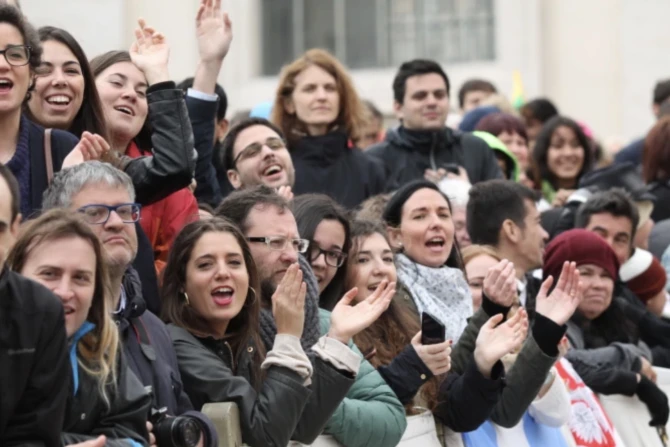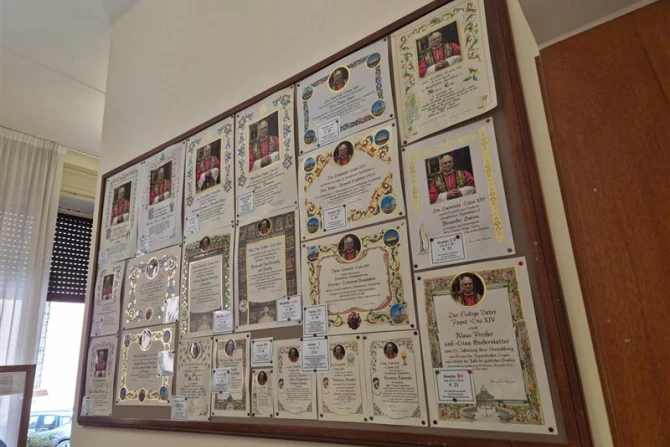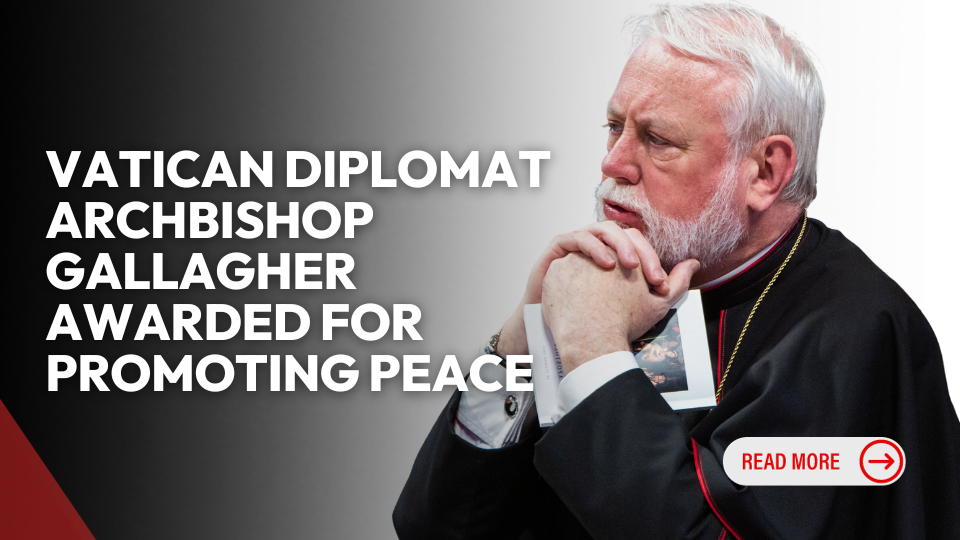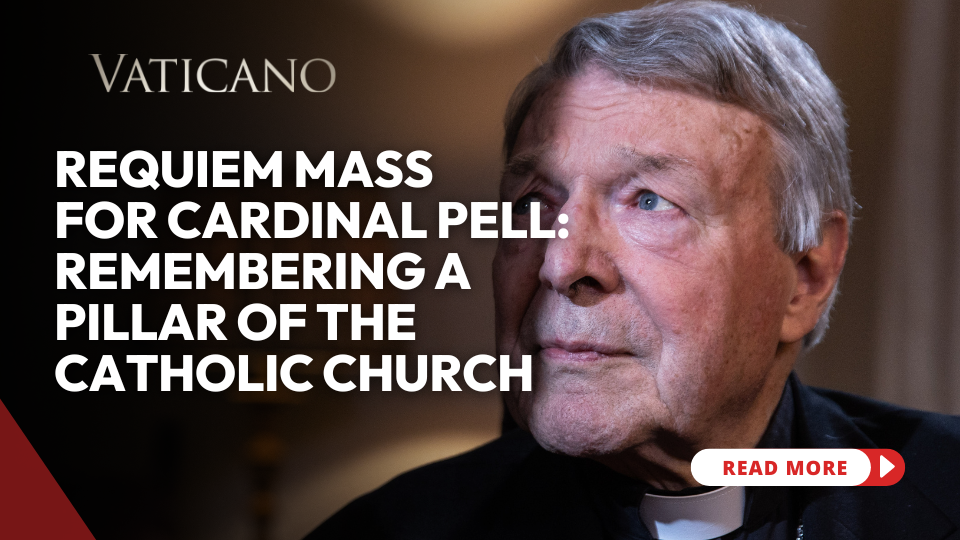In a recent address, the Vatican secretary of state said there’s no going back from Pope Francis’ reforms. How does the Church determine how to accomplish them?
Cardinal Pietro Parolin, the Vatican’s secretary of state, presented a book by Vatican expert Ignazio Ingrao on the “Five Questions That Agitate the Church” on April 24. In his speech, he outlined Pope Francis’ reform efforts as a path that cannot be reversed, for which there should be a commensurate pastoral response everywhere and, ultimately, an ethical and moral response.
Cardinal Parolin acknowledged patience will be required to work out the best ways of putting Pope Francis’ reforms to good use and even recognized that the Church is “in a storm” of the kind that calls to mind the one that assailed Peter’s barque in the Gospel of Matthew.
Answers to Ingrao’s five questions will have to make sense of things like synodal reform, including a renewed role for laypeople, especially women, the place of young people in the Church and the world, attention to the poor, and evangelization.
The one thing Cardinal Parolin said with certainty was that there can be no going back on Pope Francis’ reforms.
But is it really like that? Are we faced with irreversible paths? And is talking about reform adequate to understanding Pope Francis’ pontificate?
These should not be viewed as controversial questions. Instead, it is necessary to establish how much of Pope Francis’ work has been narrative and how much has been concrete. How much has been focused on the image of the Pope and the poor Church for the poor, and how much was instead on the actual things he has done?
First of all, an irreversible path is one on which there simply is no going back because the way has been cut off. So, let’s consider the facts.
“The name of God is mercy,” an expression very dear to Pope Francis, was coined and used by Benedict XVI. The role given to laypeople was already present and had been under development in one direction, before Francis rerouted.
There were no lay heads of Curial departments, but this was because the governing ecclesiology provided that the heads of departments, governing with the Holy Father, had to be “in college” with the Holy Father and, therefore, at least bishops. Yet there were laypeople at the top and in roles of responsibility; for example, the historic director of the Holy See Press Office, Joaquin Navarro Valls, was also a member of the pontifical delegation to the U.N. Congress on Population and Development in Beijing, and Mary Ann Glendon served as chancellor of the Pontifical Academy of Sciences.
Should one judge the magnitude of a responsibility and the weight of a task starting from a purely bureaucratic position? Should the Church be interpreted only according to those criteria?
And then there is the theme of the New Evangelization, sanctioned already by the constitution of a dicastery under Benedict XVI; that of the conversion of hearts, present in practically all pontificates; that of pastoral attention for the poor and for the least, which has never been missed in the history of the Church. These are not issues unique to this papacy.
The Church, after all, is always reforming, but it has always remained the same; it has always believed in the same things. This is beyond the narratives that have painted it differently from what it is and also the presence of men of God who were corrupt and the passage into equally complicated eras.
Therefore, if Pope Francis’ path is part of the Church’s long journey, then it is an irreversible process because it is simply part of the path that the Church is taking. If, however, you want to look at the innovations brought by Pope Francis, then the discussion becomes more complicated.
On a doctrinal level, Pope Francis has not formally touched anything. The fact, for example, that the very possession of nuclear weapons constitutes a sin is a sort of corollary to what the Church already says on the topic of complete disarmament. Even his transparent push to move the doctrinal needle on the death penalty hasn’t gone all the way.
Moves based on case-by-case discernment of Communion for irregular couples or even marital nullity cannot be considered doctrinal reforms. They are perhaps a lighter practice, free from some formal “burdens” of the past (assuming they were to be considered burdens and not pastoral care), but, in fact, they have not changed the doctrine. Even the controversial Fiducia Supplicans, on the blessing of irregular couples, communicates right from the outset that there is no desire to make a doctrinal change.
The reform of the Curia, for its part, is destined to be fleeting. All the previous reforms of the Curia have been so, and this is normal because organization and perception change over time.
There is, perhaps, a change of pace on the topic of ecclesiology or on how the Church perceives itself. The Pope’s actions seem to make the Church perceived more as a reformed organization than as a community of believers. Similarly, the way in which Pope Francis spoke about a papal conclave in his latest interviews suggested a political, sociological and pragmatic interpretation of the Church.
In practice, Pope Francis’ pragmatic side has the upper hand when it comes to making decisions. He is a single man in command who decides and then tries to give the decision a connotation of continuity with the past. But it is an artificial continuity, which is based on decontextualized references.
See, for example, how Cardinal Víctor Fernández defined a change in the Church’s attitude on slavery without considering, however, that the documents he was referring to were not doctrinal. Instead, they were government documents, pragmatic by nature.
When there has been real reform in the past, it has been settled over many years. It sought continuity with the past and gave an ecclesiological vision that could be in line with the times but not break with tradition.
Pope Francis, on the other hand, has demonstrated that he has a more political way of acting, and, therefore, he needs to create a narrative subsequently so that it can be inserted into continuity.
The result is a sort of double ecclesiology: the ideal one, based on faith and the communion of believers, which leads Pope Francis to show concern, for example, for initiatives such as the German Synodal Path; and the pragmatic one, which instead acts according to different criteria and changes the cards on the table.
One of the consequences of this pragmatic ecclesiology is the Vaticanization of the Holy See.
Pope Francis has defined, with many actions, the priority of the Vatican City State (the geographical territory) over the Holy See (the religious institution). Therefore, the priority is the “means” regarding the great goal of the international presence of the Church. However, this criterion comes from an ecclesiological vision, which weakens the entire construction of the Church and the Holy See as its international expression. It is an ecclesiology that is not in close connection with Christ but seems to neglect him in favor of a better organization and presence in the world.
Ultimately, international organizations may contend, if the Church speaks of great values and highlights the world’s issues in crisis, it cannot be listened to because, as a religious entity, it undermines a model of understanding the world. If the Holy See speaks a more pragmatic language, enters into international debates with political language, and focuses on the challenges decided by the mainstream, it will be perceived as an organism similar to others and, therefore, just another NGO, which Pope Francis has warned against.
Some observers — such as Vatican expert Filippo Di Giacomo — do not fail to notice that the ecclesiological problem becomes fundamental. If ecclesiology is weak, Christology is weak. And if the discussion on Christ is missing, the very foundation of the Church is missing.
It’s an open debate. But perhaps this is precisely the biggest question agitating the Church: not whether Pope Francis’ reforms will stick, but whether he has actually permanently reformed anything.
This article was originally published on National Catholic Register.
